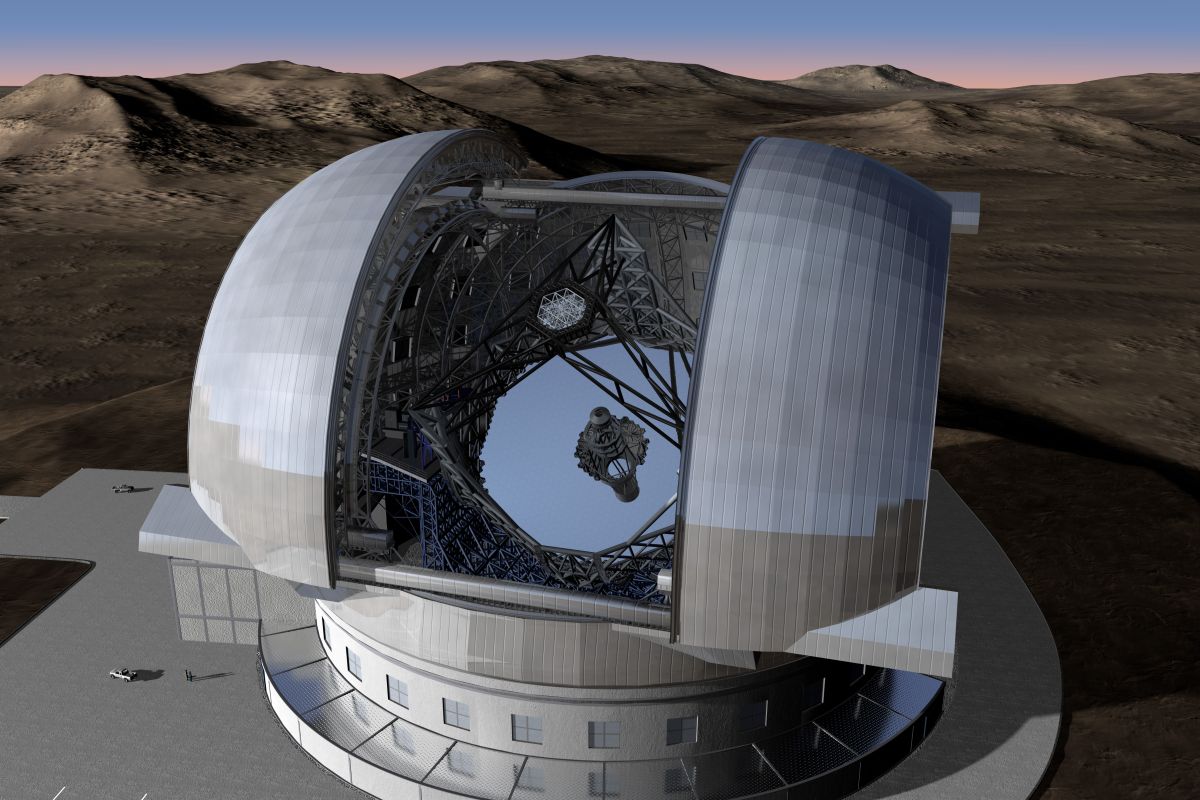
The former enables one to see objects at a distance, while the latter allows for a clear image. The size of the aperture directly affects how much light is gathered, and thus how clear the image is. Magnification is usually written as “x” and is the ratio of an object’s apparent size when viewed through the telescope, compared to its actual size. A telescope with a magnification of 10x would make an object appear ten times larger than it actually is. Aperture is usually expressed in terms of millimeters or inches and refers to the diameter of the lens or mirror. The larger the aperture, the more light that can be gathered and the clearer the image will be. There are many other factors that affect a telescope’s performance, such as optical quality, resolution, and stability, but magnification and aperture are the two most important.
There are two main types of telescopes: refractors and reflectors. Refractors use lenses to gather light, while reflectors use mirrors. Both types have their advantages and disadvantages, but in general, reflectors are more powerful and refractors are more portable. There are also hybrid telescopes that combine features of both refractors and reflectors.
Magnification is the ability to make an object appear larger than it actually is. The amount of magnification is written as “x” and is the ratio of an object’s apparent size when viewed through the telescope, compared to its actual size. A telescope with a magnification of 10x would make an object appear ten times larger than it actually is.
Aperture is the size of the lens or mirror in a telescope that collects light
The larger the aperture, the more light that can be gathered and the clearer the image will be. Aperture is usually expressed in terms of millimeters or inches.
Resolution is a measure of how much detail a telescope can see. The higher the resolution, the better the telescope can distinguish between two close objects.
Stability refers to how well a telescope maintains its alignment and focus. A good mount is essential for keeping the image from shaking or moving.
Portability is another important factor to consider, especially if the telescope will be used for travel.
Refractors are usually more portable than reflectors, but there are also hybrid telescopes that combine features of both refractors and reflectors.
The higher the magnification and aperture, the better the telescope will be at gathering light and providing a clear image.
However, keep in mind that the size and weight of the telescope will increase with these features. Make sure to choose a telescope that is within your budget and can be easily transported.
Telescopes can be used for both viewing objects in space and terrestrial viewing
The type of telescope you need depends on your intended use. For example, a refractor telescope is better for terrestrial viewing, while a reflector telescope is better for astronomical purposes.
No matter what type of telescope you choose, be sure to get one with high quality optics. This is the key to getting sharp, clear images. Also make sure the telescope is stable and can be mounted securely. A good mount is essential for keeping the image from shaking or moving. With a little research, you can find the perfect telescope for your needs and budget.